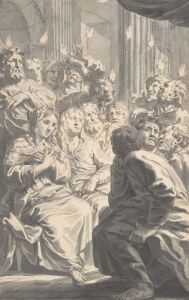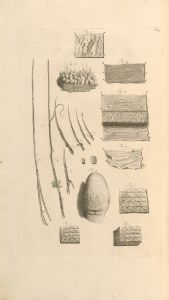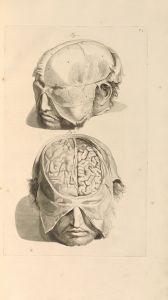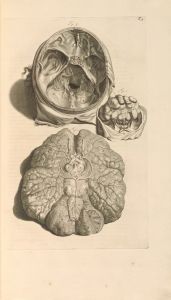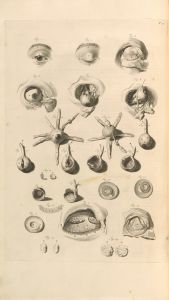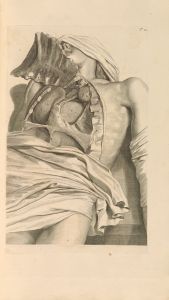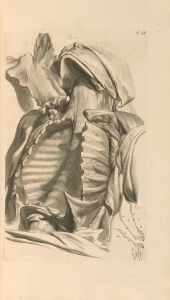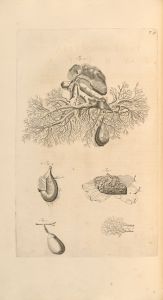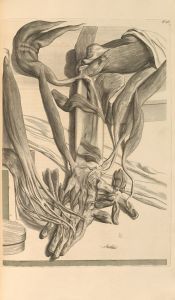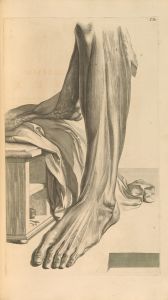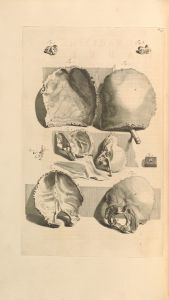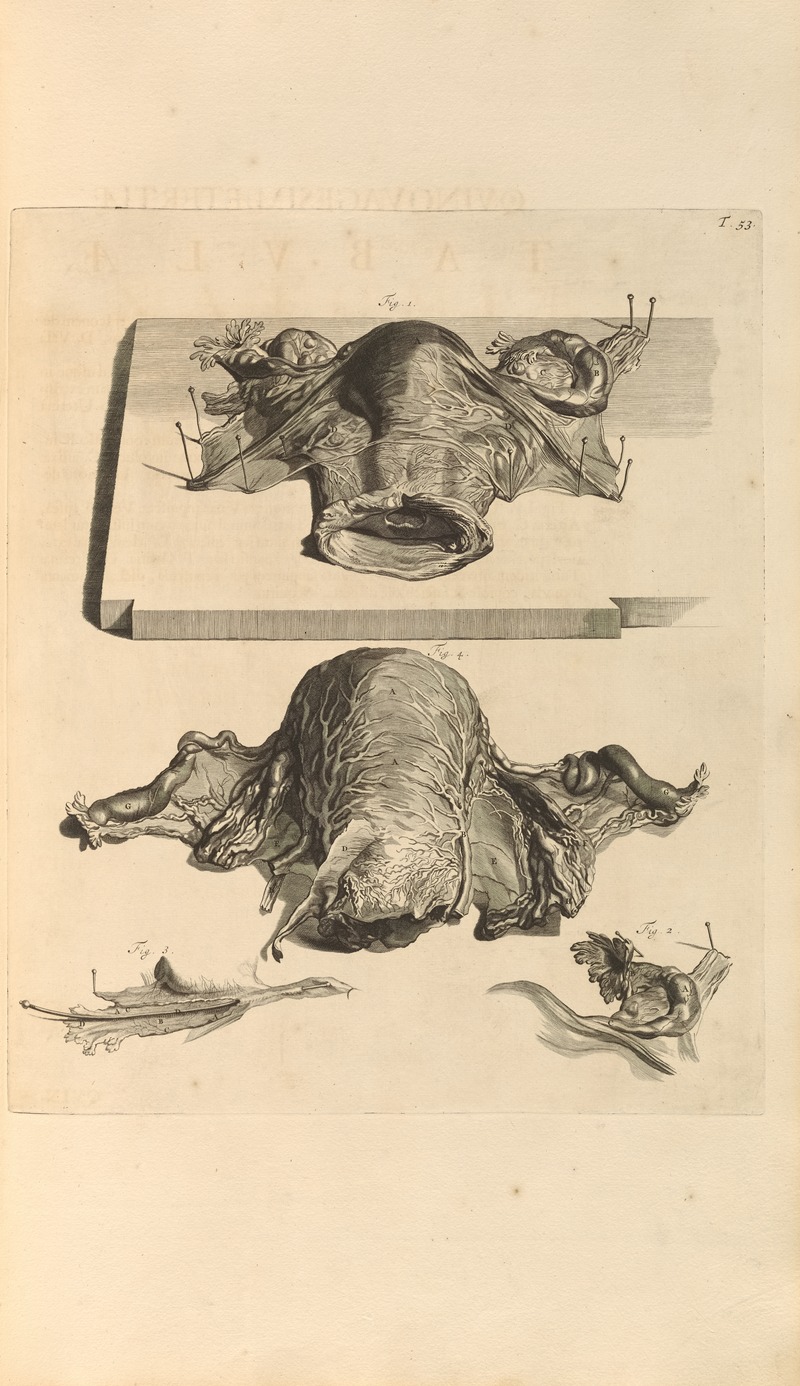
Anatomia humani corporis Pl.054
A hand-painted replica of Gerard de Lairesse’s masterpiece Anatomia humani corporis Pl.054, meticulously crafted by professional artists to capture the true essence of the original. Each piece is created with museum-quality canvas and rare mineral pigments, carefully painted by experienced artists with delicate brushstrokes and rich, layered colors to perfectly recreate the texture of the original artwork. Unlike machine-printed reproductions, this hand-painted version brings the painting to life, infused with the artist’s emotions and skill in every stroke. Whether for personal collection or home decoration, it instantly elevates the artistic atmosphere of any space.
Gerard de Lairesse (1640–1711) was a Dutch Golden Age painter, art theorist, and illustrator, known for his classical style and contributions to anatomical illustration. One of his notable works in the field of anatomy is the illustration titled Anatomia humani corporis Pl.054, which was created as part of the influential anatomical atlas Anatomia Humani Corporis (1685). This atlas was authored by the Dutch anatomist Govard Bidloo and featured 105 detailed anatomical plates, most of which were engraved based on de Lairesse's drawings.
Anatomia Humani Corporis was a groundbreaking publication in the late 17th century, combining scientific precision with artistic skill. The illustrations, including Plate 054, were intended to provide an accurate and detailed depiction of the human body for medical and educational purposes. De Lairesse's work in this atlas is characterized by its meticulous attention to detail, dramatic composition, and a blend of scientific accuracy with artistic sensibility. His ability to render complex anatomical structures with clarity and elegance made the atlas a significant contribution to both art and science.
Plate 054 specifically depicts a detailed anatomical study, though the exact content of this plate is not described in available historical records. The plates in the atlas often portrayed dissections of various parts of the human body, including muscles, bones, and internal organs, presented in a way that was both instructive and visually striking. De Lairesse's illustrations were engraved by Abraham Blooteling and other skilled engravers, ensuring that the final prints retained the precision and artistry of the original drawings.
Despite its artistic and scientific merits, Anatomia Humani Corporis faced criticism for its lack of practical utility among some medical professionals of the time. The dramatic and sometimes theatrical presentation of the figures, a hallmark of de Lairesse's style, was seen by some as prioritizing aesthetics over functional clarity. Nevertheless, the atlas remains an important historical document, reflecting the intersection of art, science, and medicine during the Dutch Golden Age.
Gerard de Lairesse's contributions to anatomical illustration, including Plate 054, highlight his versatility as an artist and his ability to adapt his skills to serve scientific inquiry. His work in Anatomia Humani Corporis continues to be studied and appreciated for its historical significance and artistic excellence.







